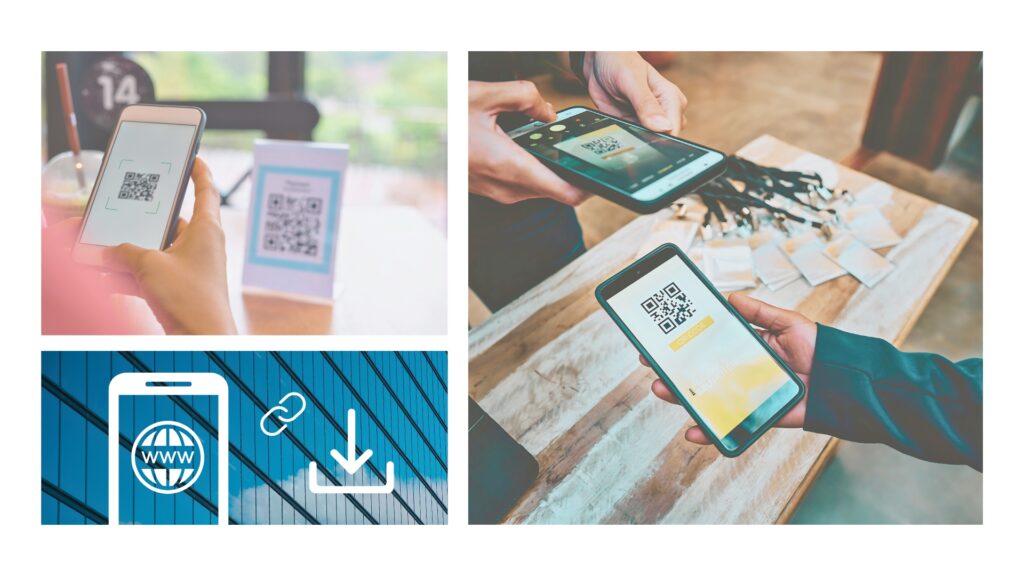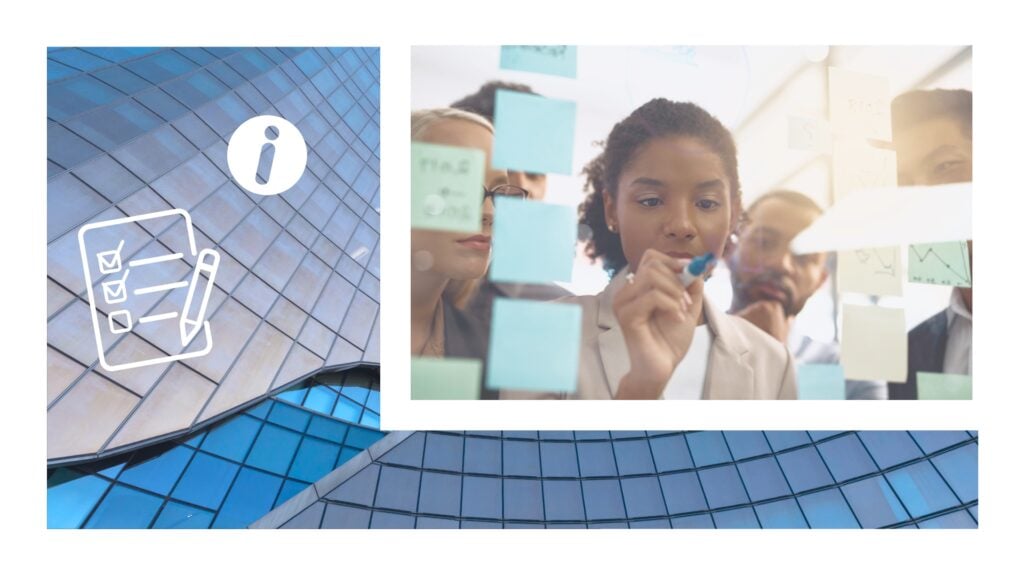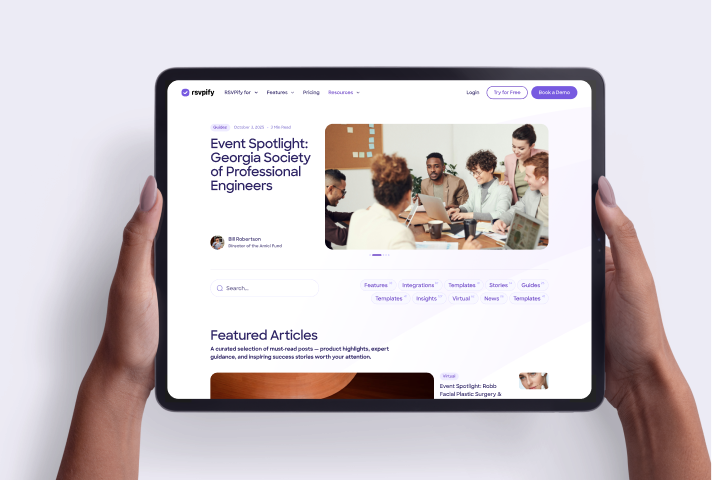Event engagement can be defined in many different ways, especially given the wide range of events and the purposes they serve. For traditional or personal events like graduation ceremonies or retirement parties, this might just be how people enjoy the event and talk about it afterward.
For event planners working on corporate events or serving business clients though, event engagement is often measured in more concrete and financial terms. How many leads were generated from a grand opening event? How many new partnership opportunities created from a conference or networking event? How many emails or subscriptions for future content? While engagement can take on a dizzying array of forms, when it comes to proving the ROI of an event for partners or clients, using effective methods to measure (and subsequently improve) event engagement is a necessity for event planning in 2024.
While we can’t hope to collect every great event engagement idea in a single article, we can offer some clever event engagement tactics for you to add to your planning toolkit. Without further ado, here are some ways to measure event engagement and improve it

There is no shortage of literature about contracting attention spans in the age of smartphones and social media. With so many different apps competing for an attendee’s focus, you need to find ways to make engaging during an event painless and simple. That’s where QR codes are a no brainer:
By reducing reading time and making information sharing easier, you can avoid frustrating attendees and negatively impacting event engagement across the board.

While simple registration forms might encourage more overall signups, they often don’t give you the data you need to tailor your event to attend expectations as well as you could. From knowing the types of speakers and sessions people are hoping to attend, to learning event preferences (such as more networking time versus an extra session, the types of vendors they are interested in, tc.), custom questions can help your planning team develop an experience that truly excites your attendees and makes them more likely to engage actively during the event.

You can think of this as 2B, because once you’ve collected attendee preferences with custom questions, the next step is to use that information to create personalized experiences that help your event stand out from others. While not every event registration platform offers this, at RSVPify you can easily create custom tags that can let you flag certain types of attendees for special events or specific outreach from your team. Group certain attendees when seating them based on shared interests, or share contact info for potential networking opportunities with custom tagged guests to remove the guesswork of who they should spend their valuable time seeking out.

Many event planners are wary of making event check-in a more complicated process, both because it's the first impression for anyone attending for the first time, as well as a potential bottleneck that can frustrate attendees who have paid good money to make the most of an event. However, compiling an attendee “Survival Guide” and providing staff to answer questions at check-in can make a huge difference in avoiding issues later in the event. Many event check-in platforms allow you to create custom messaging or automated emails at the moment of check-in if you want to avoid a huge increase in event staff needed for this key step. As an additional step, you can also use monitoring software to create scans of social media or event-related forums to catch issues or pressing logistics questions as they arise.

You might be surprised at how many event management software tools make exporting attendee and event data a giant headache. With more and more clients and stakeholders expecting detailed data to support the ROI of their investment in hosting events, getting stuck waiting on your event data because of unforeseen issue, policies of the software provider, or other issues can be a nightmare for any event planner. Be sure to review data control and exporting capabilities and requirements when choosing your event software provider before signing that contract!
About the Author
Adam Hausman co-founded RSVPify in 2013 and has been passionate about event tech and ticketing software ever since. Also founder of Greenlight Growth Marketing, he holds degrees from Indiana University (BA English/Psychology 2008) and the University of Illinois-Chicago (M.Ed. Secondary Education 2012). He lives in Maine with his wife, 2 kids, and 2 annoying cats.
Get the latest product updates, event planning tips, and industry insights — straight to your inbox.
You can unsubscribe at any time. Your email will only be used to send RSVPify updates and will never be shared.
